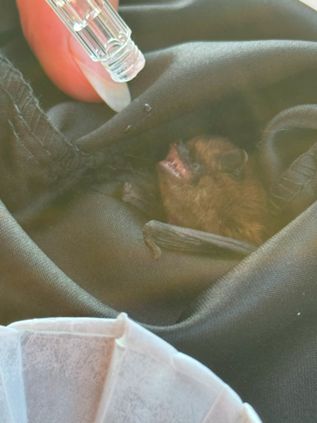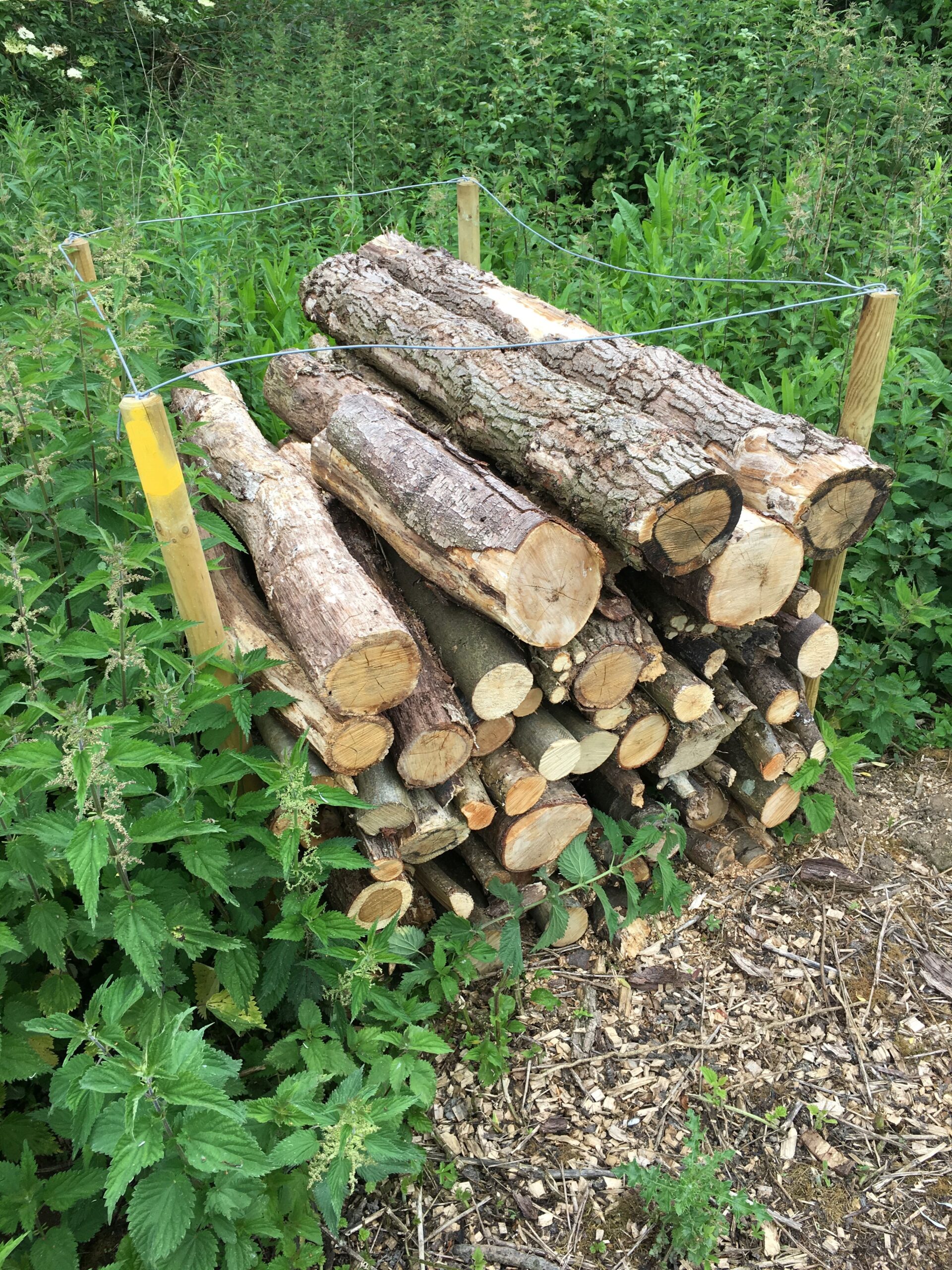Promising News For UK Amphibians
11-12-2015
Last updated 09-01-2022
 Scientists from the UK and Spain have recently published details of the first-ever successful elimination of the fatal chytrid fungus (Batrachochytrium dendrobatidis) in a wild amphibian. These optimistic results mark a major breakthrough in the fight against chytridiomycosis, the disease responsible for devastating amphibian populations in the UK and worldwide. Sadly, this fungal infection already affects over 700 amphibian species and has decimated populations on all five continents where amphibians are known to occur, as well as causing the extinction of almost 200 species. The study, published in the scientific journal Biology Letters, has been possible thanks to the teamwork of researchers from Imperial College London, the Zoological Society of London (ZSL) and the National Museum of Natural History in Spain. Over the past seven years, biologists have used two complementary methods: antifungal treatment of tadpoles from the Majorcan midwife toad (a species only found on this island) and environmental disinfection with a common laboratory decontaminant. This simple but effective technique managed to eradicate the infection permanently. Co-author Dr Trenton Garner, Reader within ZSL’s Institute of Zoology, stated:
Scientists from the UK and Spain have recently published details of the first-ever successful elimination of the fatal chytrid fungus (Batrachochytrium dendrobatidis) in a wild amphibian. These optimistic results mark a major breakthrough in the fight against chytridiomycosis, the disease responsible for devastating amphibian populations in the UK and worldwide. Sadly, this fungal infection already affects over 700 amphibian species and has decimated populations on all five continents where amphibians are known to occur, as well as causing the extinction of almost 200 species. The study, published in the scientific journal Biology Letters, has been possible thanks to the teamwork of researchers from Imperial College London, the Zoological Society of London (ZSL) and the National Museum of Natural History in Spain. Over the past seven years, biologists have used two complementary methods: antifungal treatment of tadpoles from the Majorcan midwife toad (a species only found on this island) and environmental disinfection with a common laboratory decontaminant. This simple but effective technique managed to eradicate the infection permanently. Co-author Dr Trenton Garner, Reader within ZSL’s Institute of Zoology, stated:
“Amphibian-associated chytrid fungi are a critical conservation issue that requires simple, straightforward and transferrable solutions. Our study is a significant step towards providing these.”
The research proves that there is light at the end of the tunnel for declining amphibian populations. In the UK, chytridiomycosis was first recorded in 2005. However, scientists speculate that it may have been present for decades. Alien species such as African clawed toads, North American bullfrogs and alpine newts have been blamed for introducing the disease, although it is difficult to track down its origin with any certainty. Chytrid has been detected in all native UK amphibians, with toads being more susceptible than frogs and newts. The ecology team at Phlorum are aware of the threat that this fungus poses to amphibians and a strict protocol is followed during great crested newt surveys to avoid spreading spores. This includes the disinfection of footwear and equipment before moving between sites. In addition to great crested newt surveys, Phlorum offers chytrid swabbing and also undertakes environmental eDNA surveys tailored to your needs. If you would like to know more about the services Phlorum provides, please contact us online or phone one of our offices.



